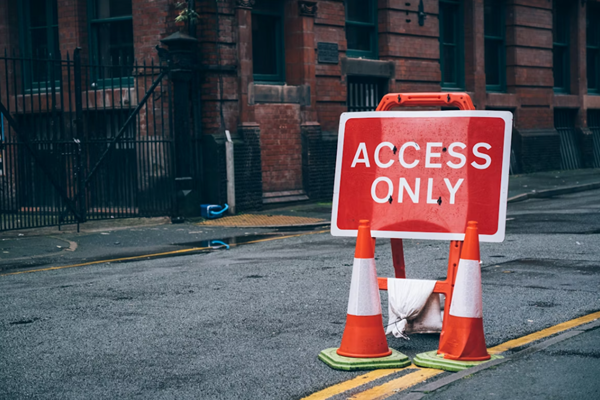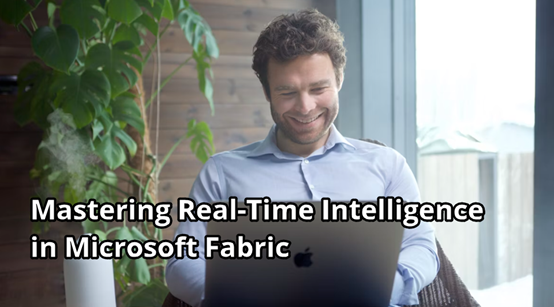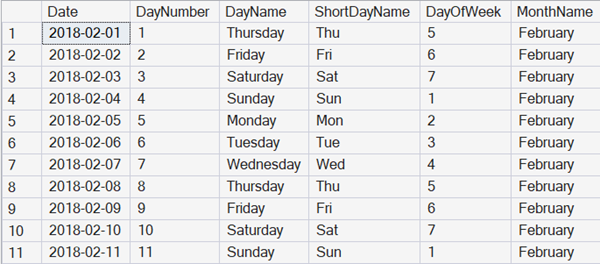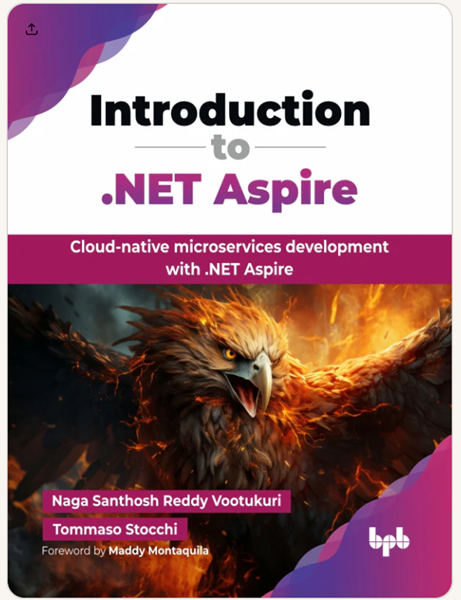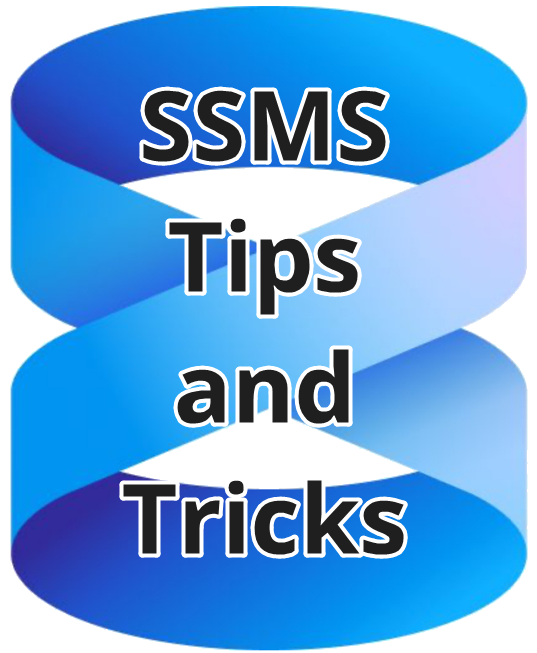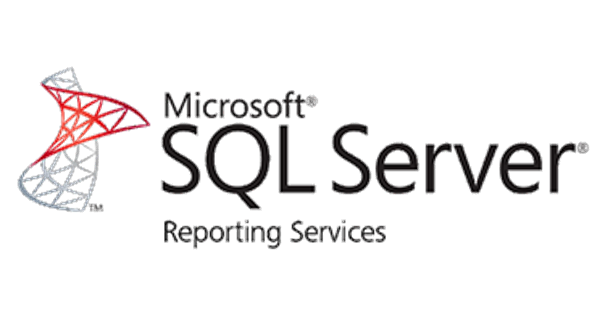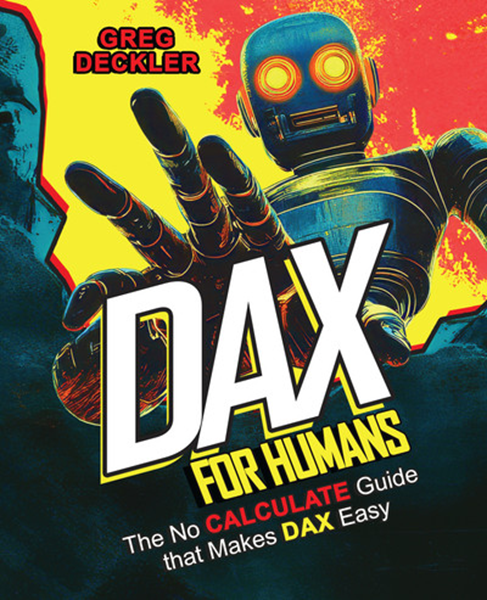
Book Review: DAX for Humans
I recently received a review copy of DAX for Humans: The No CALCULATE Guide that Makes DAX Easy by Greg Deckler from my friends at PackT.
Author
Greg Deckler is the vice president of a global consulting services company. He’s a fellow Data Platform MVP and an active data community member. Greg also wrote DAX Cookbook: Over 120 recipes to enhance your business with analytics, reporting, and business intelligence .
Content
If you’ve worked with Power BI or semantic data models for any length of time, you’ve probably encountered the same challenge millions of others have: DAX is powerful… but it often feels unnecessarily difficult to learn. Much of that frustration stems from the traditional teaching approach, which centers heavily on the CALCULATE function — arguably the most complicated and unintuitive function in the entire language.
2025-12-18


